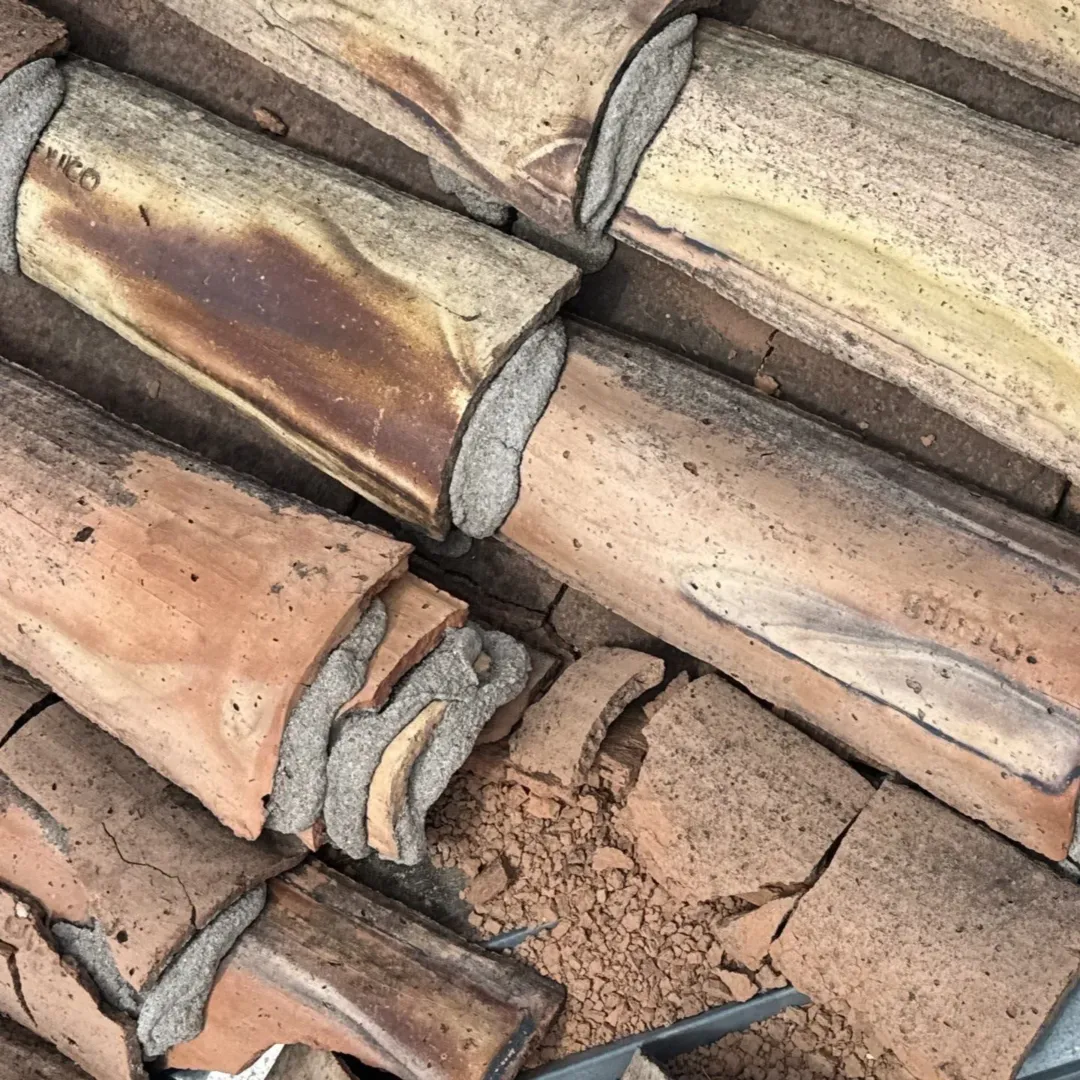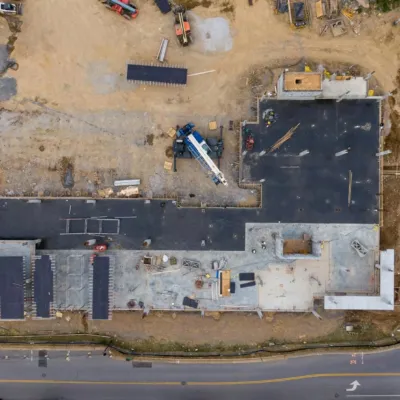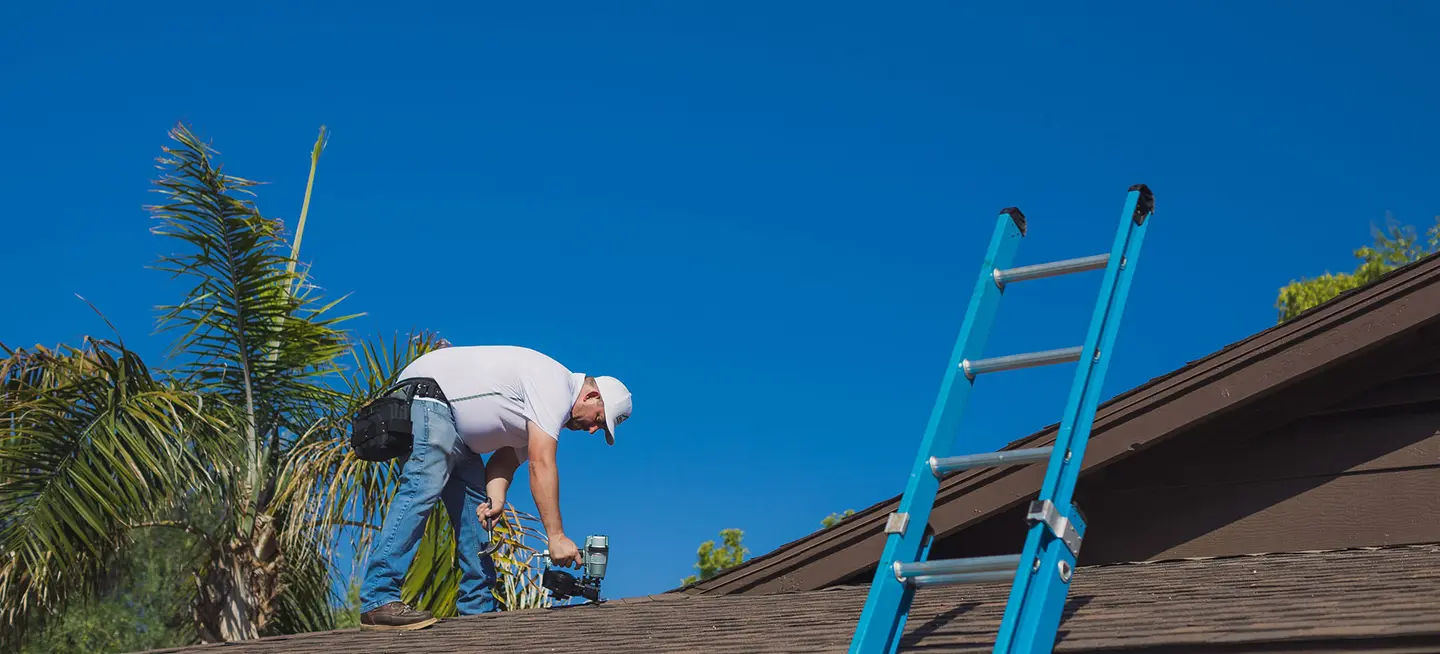
Reasons TPO Roofing is a Popular Choice for Commercial Buildings
Professional commercial roofing contractors recognize numerous advantages that make TPO an excellent option for modern construction and renovation projects.


Monsoon season rolls in with heavy winds, sudden downpours, flying debris, and enough dirt to give every surface a dusty makeover.
Monsoon season rolls in with heavy winds, sudden downpours, flying debris, and enough dirt to give every surface a dusty makeover. For homeowners, it’s more than just a messy inconvenience—it’s a direct threat to the structural safety of their roof and home. Once those winds start howling and the sky opens up, there’s no time to act. Roof repairs become emergency responses, and costs soar along with stress levels.
There’s good news, though. A little planning now goes a long way toward keeping a roof right where it belongs—overhead and in one piece.
Every strong defense begins with a good assessment. A professional roof inspection can pinpoint weak spots long before the first storm rolls through. Cracked or curling shingles, deteriorating flashing, soft spots, and clogged drainage systems quietly wait for the next storm to worsen their problems. Left unchecked, those small issues often lead to large-scale damage when hit with heavy rain or high winds.
Experienced roofing contractors know what to look for and how to repair it quickly. They also know how monsoon conditions affect different roofing materials, so repairs are made with longevity and strength in mind—not just a temporary fix.
Not all parts of the roof face the same threat. Valleys, overhangs, flashing, and ridge vents often take the brunt of wind and water pressure. Haboobs and microbursts create unpredictable gusts that exploit the smallest vulnerabilities. That single lifted shingle? It can give way to a full patch of roof peeling back like a sardine can.
Reinforcement doesn’t require major structural changes. It may mean resealing flashing, upgrading fasteners, or replacing shingles that don’t lie flat. Small adjustments significantly affect how well the roof holds up under pressure.
Leaves, sticks, and seed pods love to gather in roof valleys and gutters. When the rain comes, all that natural clutter turns into a soggy, heavy mess. Blocked gutters and downspouts redirect water back onto the roof, under shingles, and straight into the attic. It doesn’t take long for soaked insulation and water-stained ceilings to become part of the picture.
Clearing out the drainage paths isn’t glamorous, but it might be one of the most valuable steps in the pre-monsoon checklist. Water should always flow away from the home—never toward it. Keeping the path clear means fewer headaches and less damage when the clouds burst open.
Trees are lovely until their limbs become airborne. Overhanging branches scrape, crack, and sometimes fall straight through shingles, especially when weighed down by heavy wind or rain. One snap is all it takes to damage multiple roofing layers and punch a hole that invites water to rush in.
Professional tree trimming keeps branches safely away from rooflines, removes potential projectiles before they launch, and reduces debris buildup throughout the season.
Tiny leaks during dry months often go unnoticed or are dismissed as minor. As soon as the monsoon arrives, they turn into full-blown water intrusions. A single leak has a habit of spreading under the surface, soaking wood structures, feeding mold growth, and ruining insulation in the blink of an eye.
Fixing a leak now is faster, cleaner, and much less expensive than dealing with the aftermath during or after a storm. Water doesn’t politely stay in one spot—it moves with gravity and causes damage in places far from the source.
Monsoon season can trap homeowners indoors with little warning. Emergency roof access isn’t often thought about until someone needs it. After a major storm, repairs may not be immediately possible due to safety risks, ongoing weather, or high demand for local roofers.
Having a reliable roofing contact ready before the season begins makes a difference. A contractor familiar with the home’s layout can respond faster, bring the right materials, and handle storm repairs with less guesswork.
Roofing is often ignored until it fails, and the damage is done by then. Planning helps avoid the mad scramble after the first big storm. It also gives homeowners more options—more time to schedule repairs, more choice in materials, and more control over costs.
Every year, roofs take a beating from monsoon winds and water. Some hold up. Others fold under the pressure. The difference is often nothing more than timing.
Fixing a roof before monsoon season isn’t just a smart move—it’s an investment that protects everything beneath it. Families stay dry, homes remain intact, and the roof does its job without drama.

Professional commercial roofing contractors recognize numerous advantages that make TPO an excellent option for modern construction and renovation projects.

Commercial roofing experts utilize specialized formulations designed for maximum durability in demanding conditions.

Composed of specialized materials designed to protect and enhance roofing systems, these coatings create a seamless, protective layer across roofing surfaces.

We offer solutions for every roof and budget. Call today for a quote. Whether it’s a roof installation, roof repair, or roof maintenance, our team is ready to help.